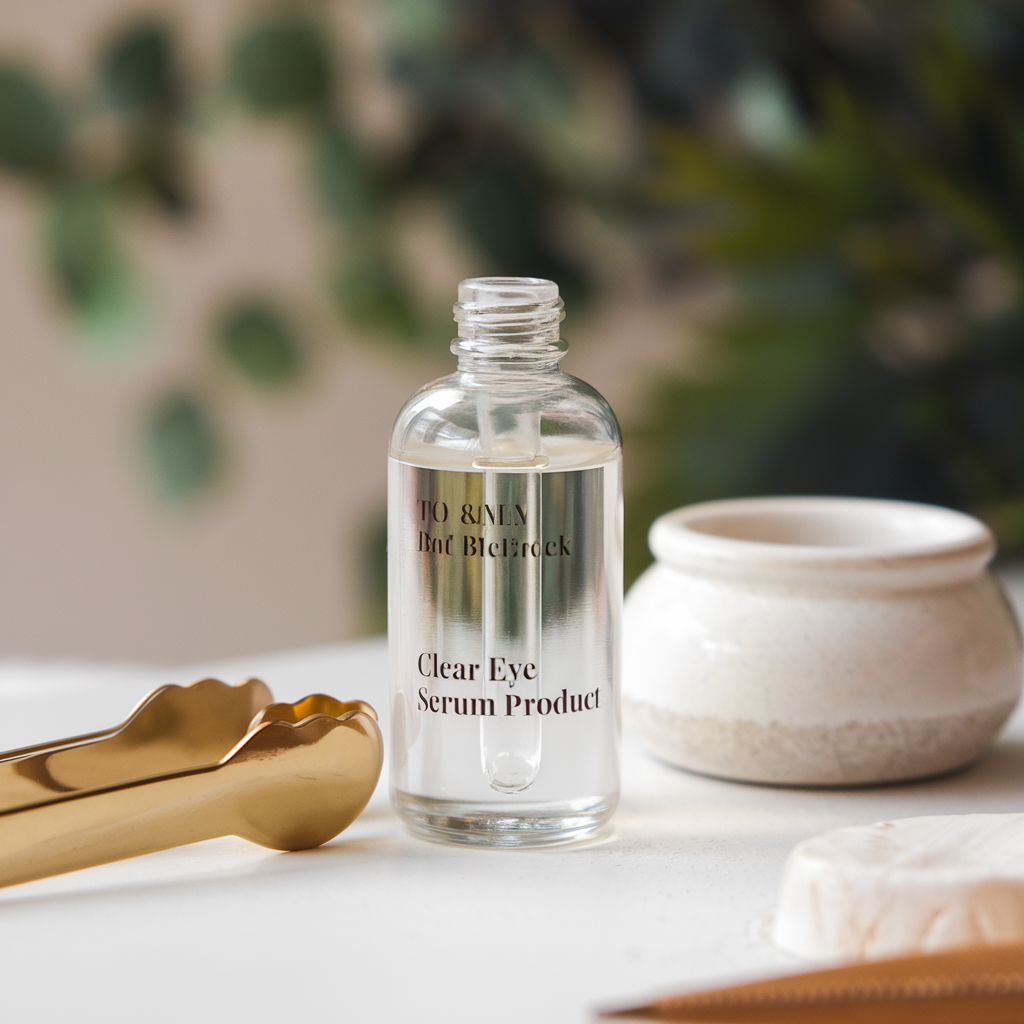The Complexities of Caring for Oily Skin
Managing oily skin can be a delicate balance, particularly when it comes to the sensitive area around the eyes. While oily skin tends to stay naturally moisturized, it’s also more prone to issues like shine, clogged pores, and breakouts. The area around your eyes is especially vulnerable to problems like dark circles and puffiness, which can make you look tired and aged. Finding an eye cream that effectively addresses these concerns without adding to the oiliness is crucial for maintaining a healthy, youthful appearance.
Why the Right Eye Cream is Essential
The skin around your eyes is thinner and more sensitive than the rest of your face, making it more susceptible to signs of aging, stress, and fatigue. For those with oily skin, it’s important to choose an eye cream that hydrates and nourishes without clogging pores or contributing to excess oil. A good eye cream should be lightweight, non-greasy, and formulated with ingredients that specifically target dark circles and puffiness while keeping your skin balanced.
Key Ingredients to Look for in an Eye Serum
When choosing an eye cream for oily skin, the ingredients are key to its effectiveness. The most effective eye serums for dark circles and puffiness blend powerful active ingredients with a formulation that won’t weigh down oily skin. Here are some top ingredients to consider:
- Caffeine: Known for its ability to reduce dark circles and puffiness, caffeine works by constricting blood vessels, which helps to minimize these issues.
- Peptides: Peptides support collagen production, which is essential for maintaining the skin’s structure and reducing the appearance of puffiness and fine lines.
- Hyaluronic Acid: This ingredient is excellent for hydration without adding oil. It attracts moisture to the skin, keeping the eye area plump and smooth.
- Vitamin C: A brightening agent that reduces the appearance of dark circles by lightening pigmentation. Vitamin C also offers antioxidant protection against environmental damage.
- Niacinamide: Also known as vitamin B3, niacinamide regulates oil production and strengthens the skin’s barrier. It also has anti-inflammatory properties that help reduce puffiness and redness.
Understanding the Causes of Dark Circles and Puffiness
Dark circles and puffiness can stem from a variety of factors, including genetics, lifestyle choices, and environmental influences. For those with oily skin, these issues can be exacerbated by excess sebum production, leading to clogged pores and inflammation.
Dark circles often result from poor circulation and the thinning of the skin around the eyes, making blood vessels more visible. Puffiness is typically caused by fluid retention, allergies, or lack of sleep. Understanding these underlying causes can help you select an eye cream that effectively addresses them.
The Impact of a Quality Eye Cream: Before and After
The benefits of a well-formulated eye cream are often evident in before and after comparisons. With consistent use, you should begin to see a reduction in dark circles and puffiness within a few weeks. The skin around your eyes will likely appear brighter, smoother, and more even-toned.
Before you start using an eye cream, take a close look at the skin around your eyes. Are dark circles prominent? Is there noticeable puffiness? After using the product consistently, compare your results after a few weeks. You’re likely to see reduced darkness under your eyes, decreased puffiness, and an overall improvement in skin texture.
How to Apply Eye Cream for Maximum Results
To get the most out of your eye cream, it’s important to apply it correctly. Follow these steps for optimal application:
- Start with a Clean Face: Begin by cleansing your face to remove any excess oil, dirt, and makeup. This ensures that the eye cream can penetrate the skin more effectively.
- Use the Right Amount: A pea-sized amount of eye cream is sufficient for both eyes. Using too much can lead to product buildup and irritation.
- Apply Gently: Use your ring finger, as it applies the least pressure, to gently tap the cream around your eyes. Start from the inner corners and move outward, being careful not to tug or pull at the delicate skin.
- Pat, Don’t Rub: Lightly pat the cream into your skin until fully absorbed. Rubbing can irritate and stretch the skin.
- Follow with a Lightweight Moisturizer: After applying your eye cream, use a moisturizer that suits oily skin to lock in hydration and maintain balance.
- Consistency is Key: For the best results, apply your eye cream twice daily—once in the morning and once at night.
Choosing the Right Eye Cream for Your Skin Type
When selecting an eye cream for oily skin, it’s essential to consider your specific skin type and concerns. Look for products labeled as non-comedogenic, meaning they won’t clog your pores. The best eye creams are lightweight, fast-absorbing, and formulated with ingredients that hydrate and protect without adding extra oil.
If dark circles are your primary concern, opt for eye creams with brightening ingredients like vitamin C. For puffiness, seek out products with anti-inflammatory ingredients such as caffeine or peptides. Tailoring your choice to your specific needs will help you achieve the best possible results.
Conclusion: Reveal Brighter, More Youthful Eyes with the Right Eye Cream
A good eye cream is an essential part of any skincare routine, especially for those with oily skin. By selecting a product that effectively targets dark circles and puffiness without clogging pores or adding to the oiliness, you can achieve a more radiant and refreshed appearance.
Consistency is key when it comes to skincare. Use your eye cream regularly and give it time to work. With the right product and a little patience, you’ll notice a significant improvement in the appearance of your eye area, leaving you with brighter, more youthful-looking eyes.

